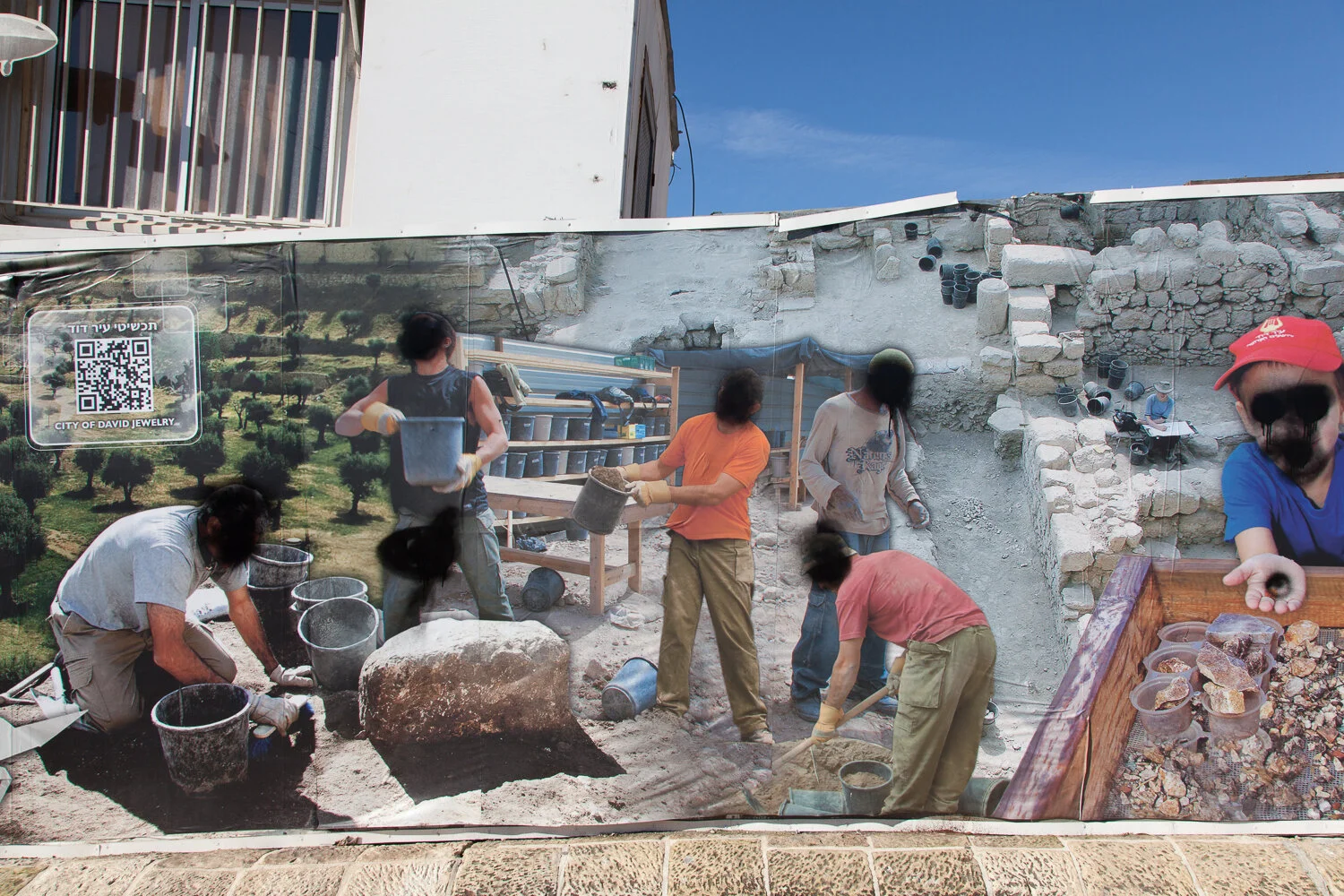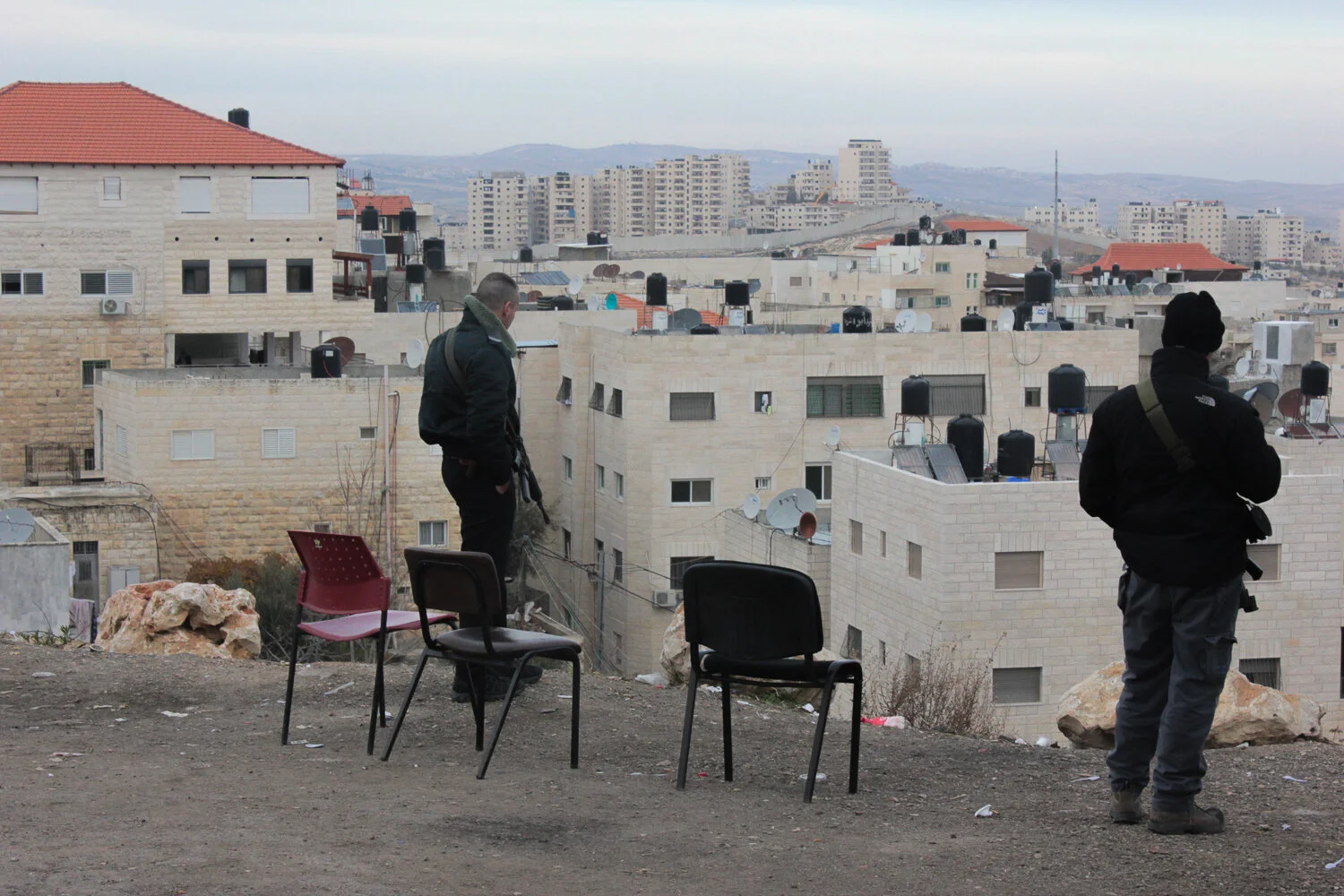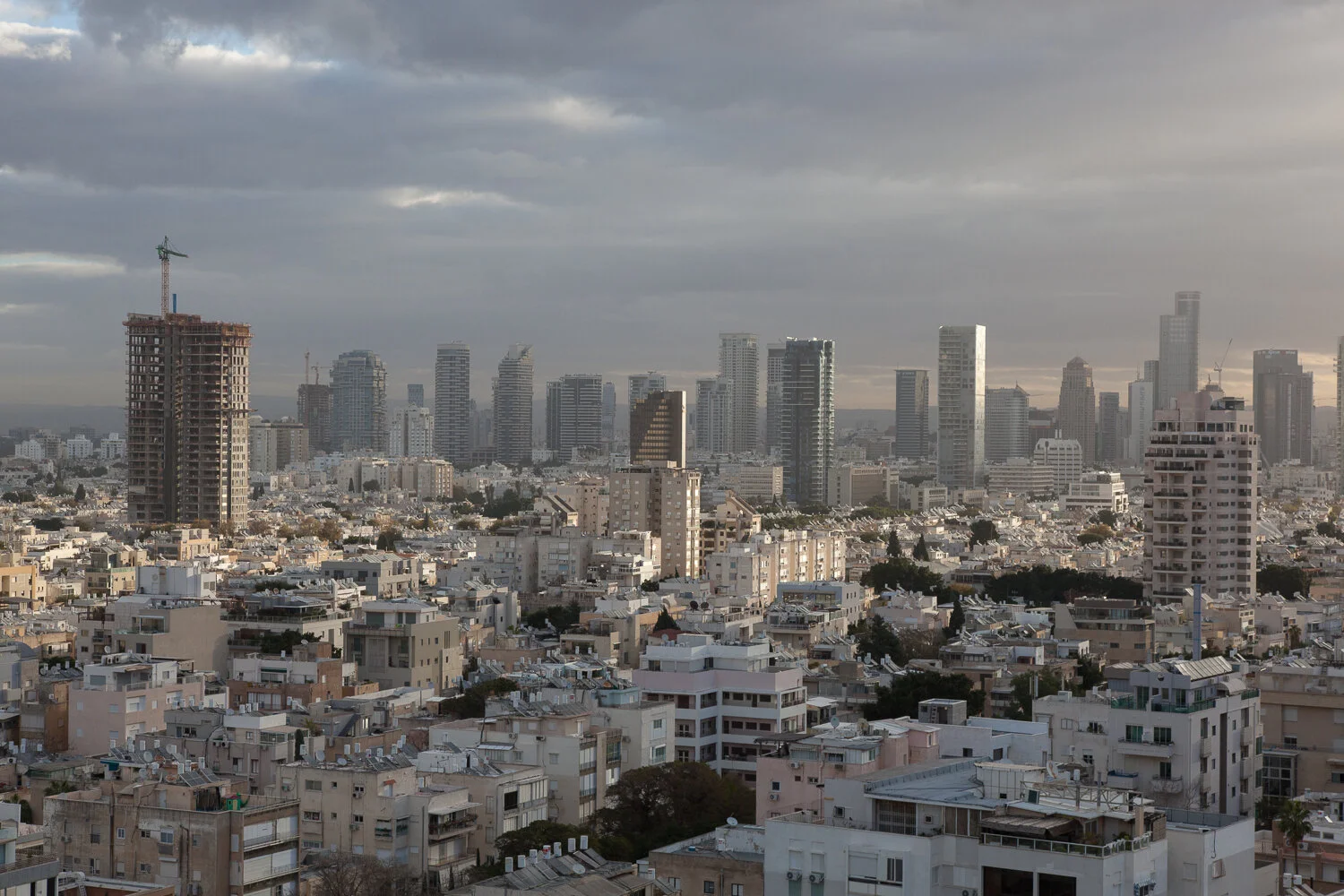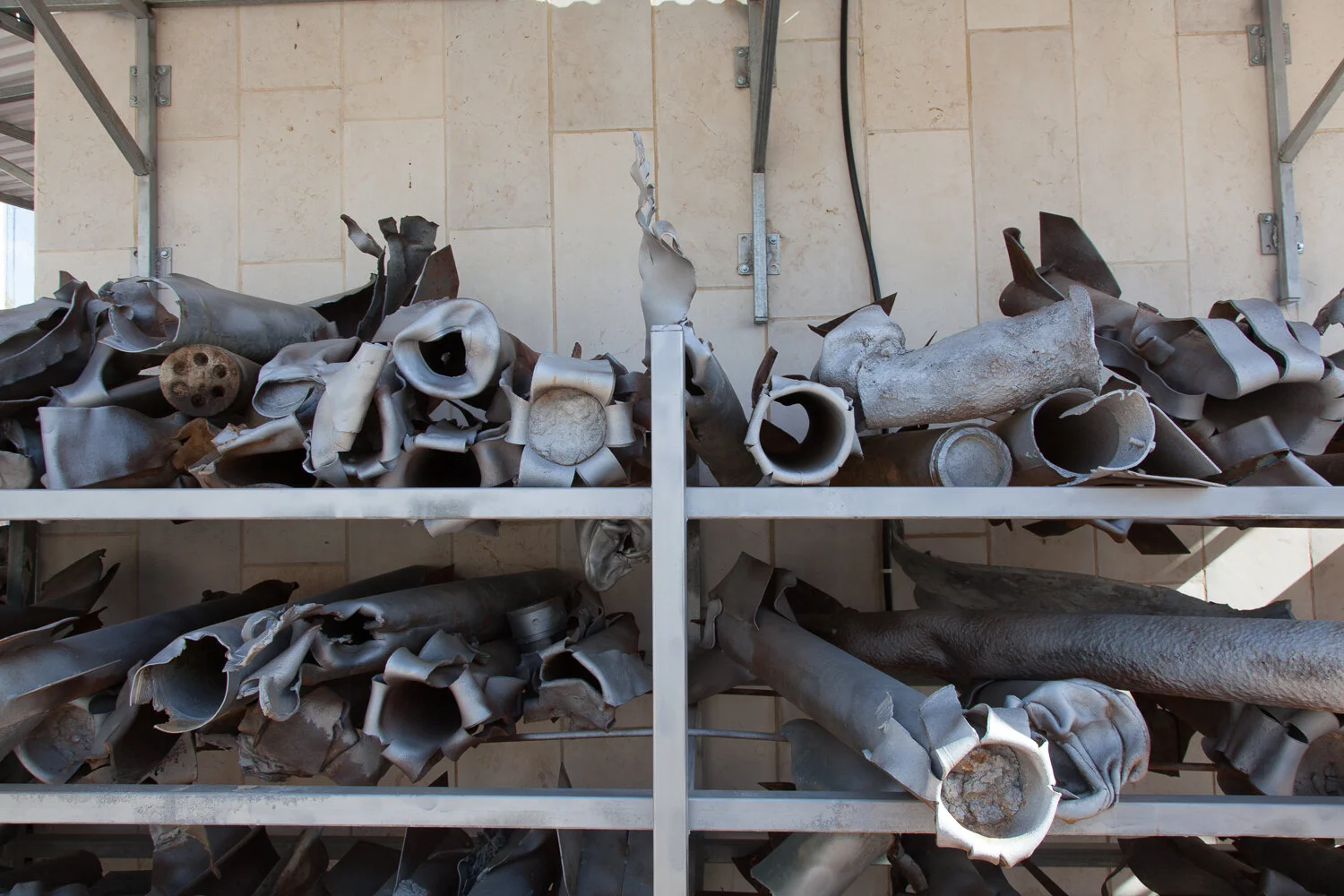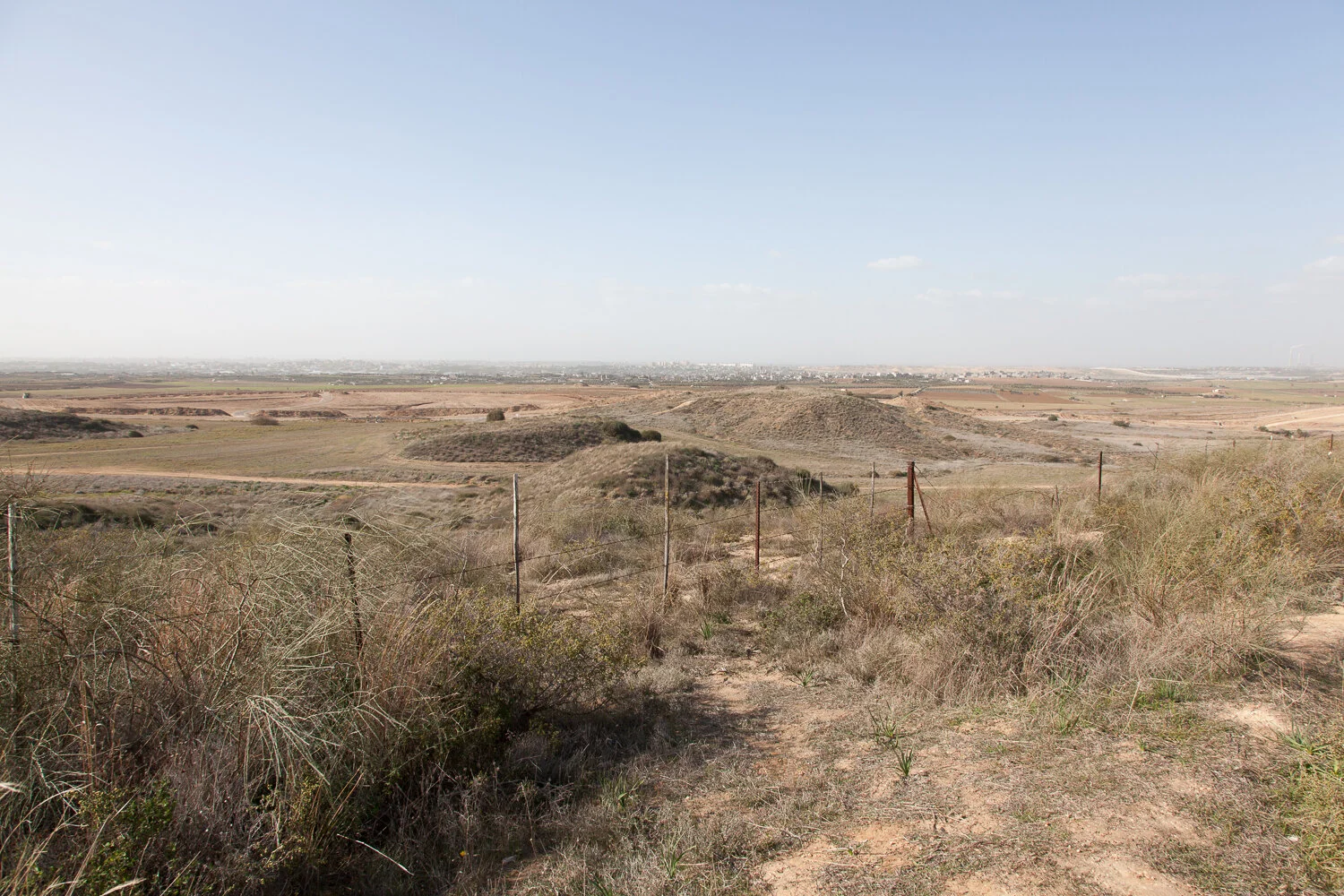In 2017 I was invited to join a study trip to Israel and Palestine focused on environmental and land use conflicts with a group of scholars from the City University of New York and New York University. I was hesitant to attend because I had been passively supportive of the Boycott, Divestment and Sanctions (BDS) movement and I realized that this travel would be in violation of the boycott. However, I decided that it would be worthwhile, as it would also offer me greater insights into the Israel-Palestine conflict and allow me to visit a variety of sites around Israel and the West Bank (with Gaza being inaccessible). I still feel ambivalent about my choice to travel there. I took it as an opportunity to document to the greatest degree possible the landscapes I passed through, with special attention to socio-spatial segregation, surveillance, and human-environment interactions.
I left feeling that I had a somewhat better understanding of the terrains and complexities of the conflict, as well as the wide divisions of Israeli society along left-right and secular-religious lines and regional geopolitics, but even more convinced that the BDS movement could be one manifestation of the global movement required to bring justice to the Palestinian people.
Many of the images below refer directly or obliquely to landscapes of conflict, though others reflect more on day-to-day life in a highly divided and militarized world. However, these images were created very much a survey from the window of a tour bus and carefully organized experiences and they should be understood in this context.




